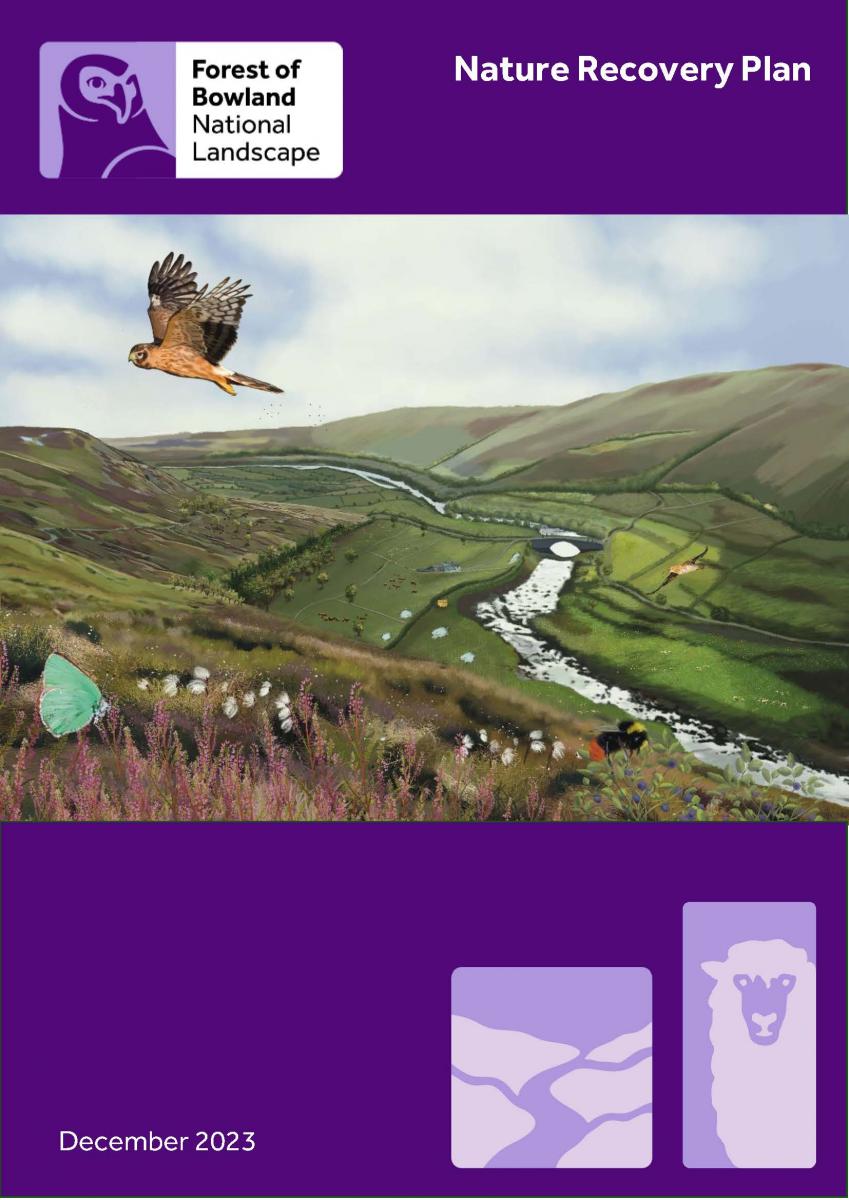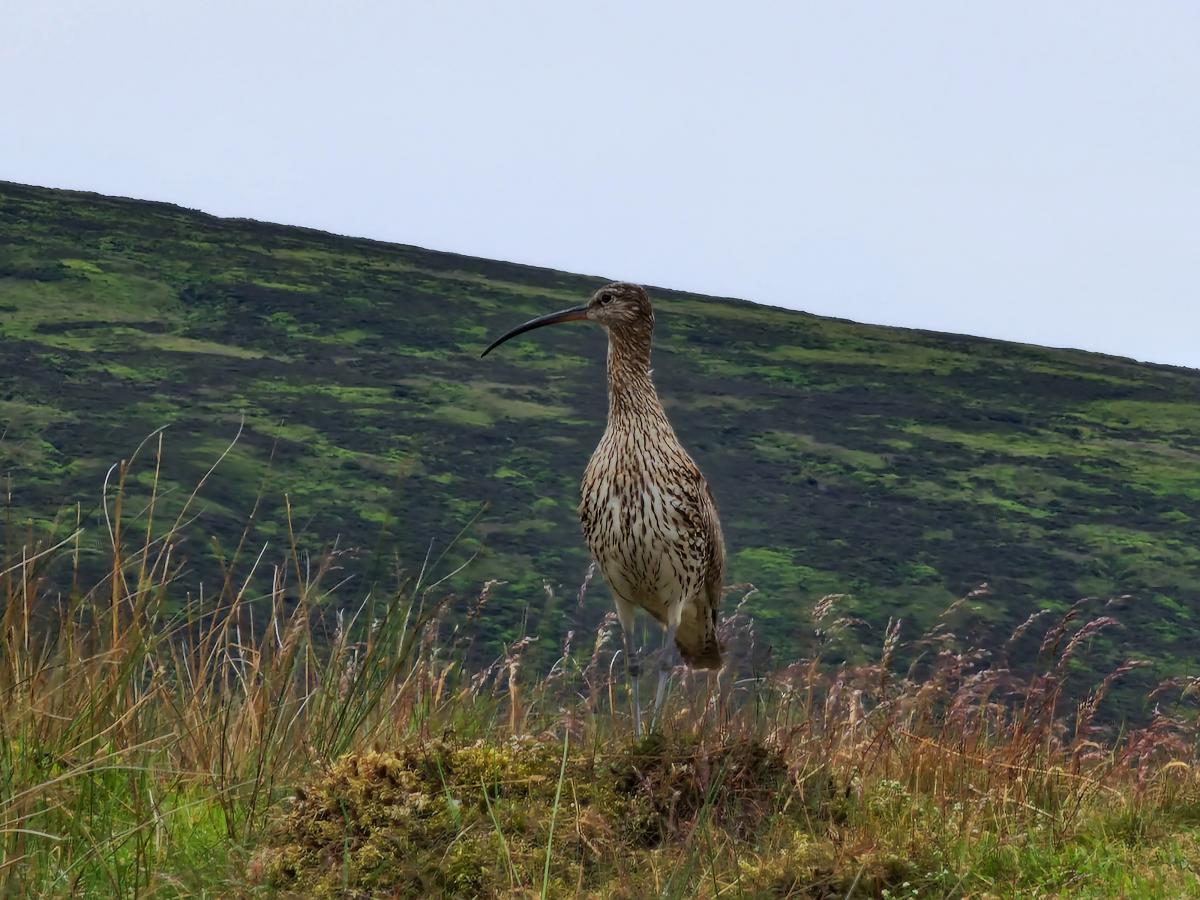Nature Recovery Plan: Update 07.02.24
-
Download the Forest of Bowland Nature Recovery Plan
-
Have a look at our new range of Champion Species Badges
The Forest of Bowland National Landscape is one of England’s finest landscapes and is internationally important for its peatland, heather moorland, meadows, Atlantic oak woodlands and rare birds. But in recent years, many of these important habitats have come under increasing pressure.
The National Landscape team has been working with landowners, farmers and conservation groups to design a roadmap to restore these landscapes, improve habitats for wildlife and harness the area’s valuable natural assets to mitigate the impacts of climate change.
The plan will inform county-wide strategies currently being developed by Lancashire County Council and North Yorkshire Council – ensuring it contributes to a bigger, better and a more joined up Nature Recovery Network across the north of England.
It’s also part of a nationwide Nature Recovery Network that creates a proactive framework for delivery by the National Landscape Partnerships, landowners, farmers, land managers, businesses and communities.
By improving the quality of the habitats and the connections between them, the plan outlines how Bowland’s diverse landscapes can support thriving populations of 14 ‘champion’ species including the hen harrier, black grouse, brown long-eared bat and brown trout.
The conservation priorities between now and 2040 are to make Bowland’s precious habitats bigger, better and more joined up.
Update 06.10.23
Work has progressed on the Forest of Bowland National Landscape Nature Recovery Plan. The consultation draft plan was available for public comment via the National Landscape website for a period of six weeks during July and August 2023.
The plan was downloaded by 172 people during this time. Comments were received from 16 organisations and individuals via an online form and via email. The comments are being reviewed and will inform the final revision of the plan. It is anticipated that the Plan will be finalised by December 2023.


